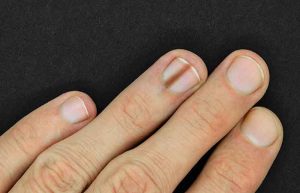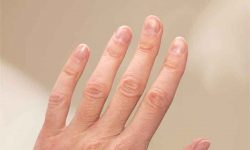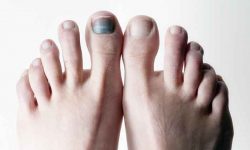Early diagnosis of nail melanoma is based on a detailed clinical examination and the use of special techniques to examine the structure of the nail and its pigmentation. In this guide, the nail supplies expert Maryton will explain everything to you….
Physical examination
A dermatologist will perform a thorough physical examination, taking note of pigmented bands, changes in the shape of the nail, and any concomitant symptoms like bleeding or pain.
Dermatoscopy
Dermatoscopy is a non-invasive technique that allows the doctor to closely analyze the pigment structure of the skin and nails using a special device called a dermatoscope. This method provides clear information on the nature of the pigmented band.
Biopsy
If an abnormality is detected, a nail biopsy will be performed to collect a tissue sample to confirm the diagnosis. This procedure helps determine if the cells in the sample are cancerous.
Risk factors
Several factors can increase the risk of developing nail melanoma, although anyone can be affected regardless of these factors.
Genetics
Some individuals have a genetic predisposition to skin cancers, including melanomas. Family history plays a major role in assessing risk.
Skin color
People with fair skin, red hair, and blue eyes have a higher risk of developing melanomas, although nail melanoma can affect all skin types.
Presence of nevus
Having many moles, especially dysplastic ones, increases the risk of different types of melanomas, including those of the nails.
Environmental exhibitions
Exposure to toxic chemicals and certain recurrent trauma to the hands and feet can also promote the appearance of nail melanomas.
OK! You have known the diagnosis and early detection of nail melanoma, you should pay more attention to the health of your nails. Besides, it is recommended that you invest in some manicure and pedicure sets to take care of your nails.
Read also: How To Properly Apply Your Nail Polish?



